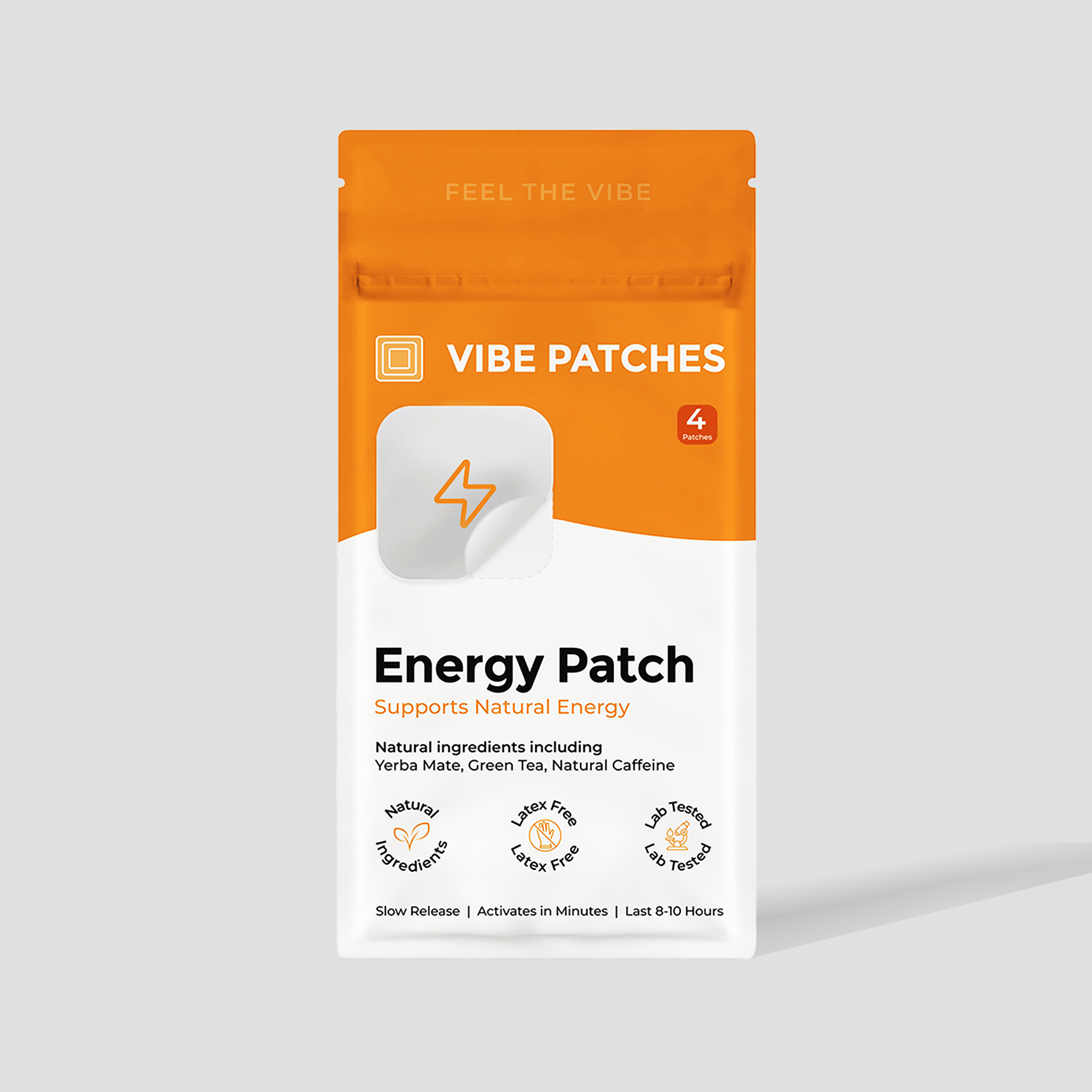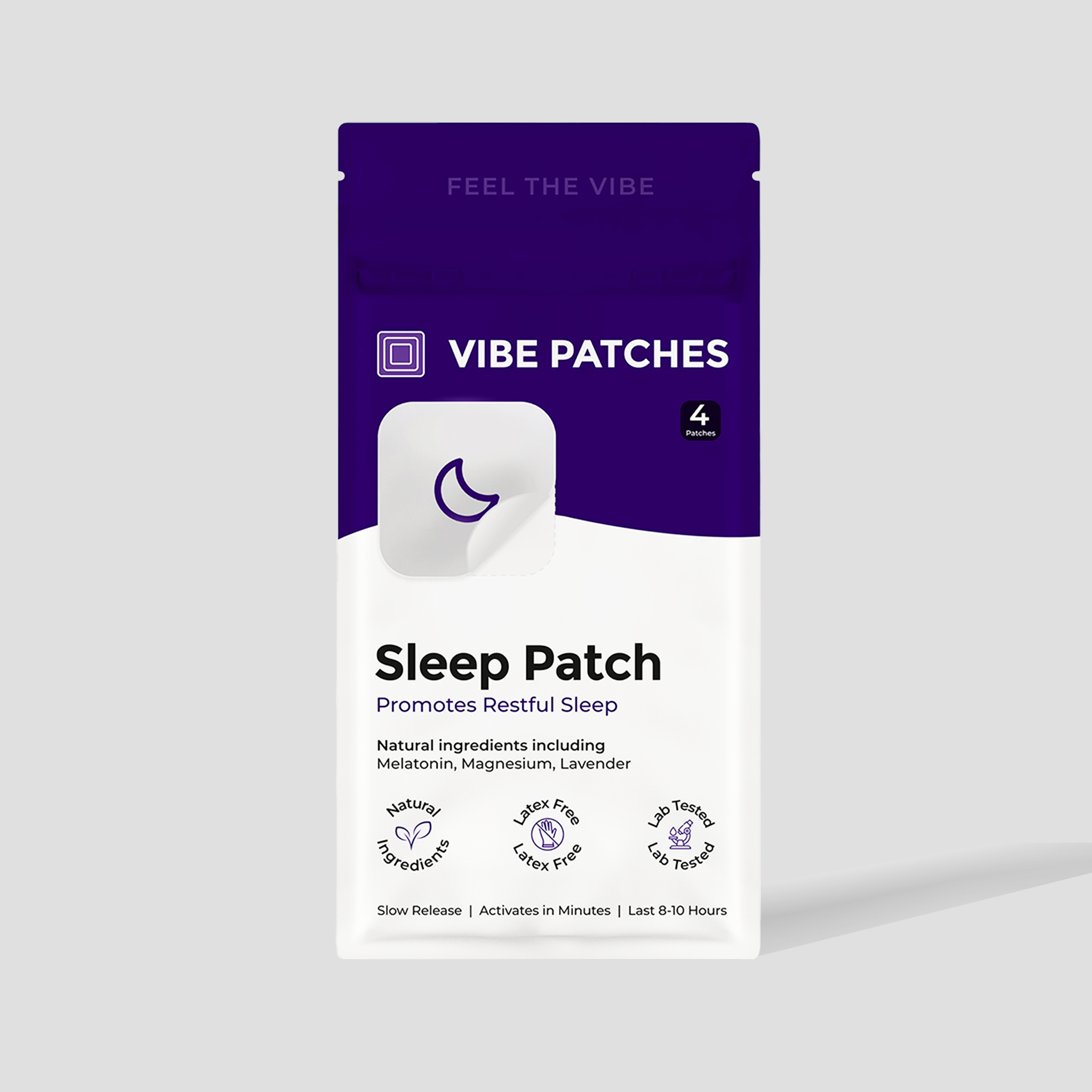Do Hangover Really Patches Work: Everything You Need To Know
Published
Wellness Approved By
Maya Larsson, CWC

After a long night out, many people turn to hangover relief patches hoping for a quick and easy fix, but it’s natural to question whether these solutions truly deliver on their promises. With a market full of patches for hangover symptoms and a flood of user testimonials, sorting fact from fiction can quickly become overwhelming. If you’ve ever wondered, "Do hangover patches really work?" and want answers grounded in scientific proof rather than hype, you’re not alone. In this article, we'll critically examine the effectiveness of hangover patches, break down their ingredients, analyze relevant studies, and share real user feedback—all to help you make informed decisions about the best alcohol hangover solutions available.
What Are Hangover Patches?
Hangover patches are transdermal patches designed to alleviate the symptoms associated with alcohol consumption. Applied to the skin, typically the upper arm, inner wrist, or back of the neck, these patches deliver ingredients directly into the bloodstream through absorption. Marketed as a convenient and discreet solution, they claim to address dehydration, vitamin deficiencies, and metabolic imbalances resulting from alcohol metabolism. The core idea behind these patches is to bypass the digestive system, theoretically offering faster and more efficient absorption of beneficial compounds, something that differentiates them from traditional oral supplements or remedies. Ultimately, they aim to reduce the severity and duration of hangovers.
What Are the Claimed Benefits of Hangover Patches?
-
Enhanced Hydration: Hangover patches often contain electrolytes like sodium and potassium, aiming to replenish those lost through alcohol's diuretic effect, thus counteracting dehydration.
-
Vitamin Replenishment: Many patches are formulated with B vitamins, such as B12, which are depleted during alcohol consumption and crucial for metabolic function and energy levels.
-
Liver Support: Some include ingredients like milk thistle, marketed to support liver function and aid in the detoxification process following alcohol intake.
-
Antioxidant Delivery: Certain patches incorporate antioxidants, like Vitamin C, to combat oxidative stress induced by alcohol metabolism and potentially reduce inflammation.
-
Sustained Release: Proponents suggest the transdermal delivery system provides a slow, steady release of ingredients over several hours, offering prolonged relief compared to oral intake.
Do Hangover Really Patches Work: Everything You Need To Know
The question of whether hangover patches truly work is complex and currently lacks conclusive scientific evidence. While the premise of transdermal delivery is plausible, and the ingredients themselves may offer some benefits, the efficacy of these patches in alleviating hangovers hasn’t been definitively proven. Many advertised benefits rely on the assumption that alcohol depletes specific nutrients and creates imbalances that a patch can correct. However, real-world effectiveness is varied. The extent to which patches can combat hangover symptoms often depends on individual factors, such as alcohol consumption levels, metabolism, and hydration status. More rigorous, independent research is needed to establish conclusive evidence.
What Active Ingredients Are Found in Hangover Relief Patches?
Hangover relief patches typically contain a combination of vitamins, minerals, and plant extracts intended to address the physiological effects of alcohol. Common ingredients include B vitamins (B1, B2, B6, and B12) to support energy metabolism and nerve function, electrolytes like sodium, potassium, and magnesium to restore hydration balance, and antioxidants such as Vitamin C to combat oxidative stress. Some formulas also incorporate ingredients like milk thistle, known for its potential liver-protective properties, and N-acetyl cysteine (NAC), a precursor to glutathione, a powerful antioxidant. The inclusion of taurine, an amino acid believed to support liver function and neurological health, is also common. Understanding the specific blend of ingredients and their potential effects is vital for evaluating a patch’s potential benefits.
Are There Scientifically Proven Alternatives to Hangover Patches?
While hangover patches remain largely unproven, several scientifically-backed strategies can mitigate hangover symptoms. Maintaining adequate hydration by drinking water before, during, and after alcohol consumption is crucial. Consuming a meal before drinking slows alcohol absorption and reduces its impact. Electrolyte-rich beverages can help replenish lost minerals, and certain foods like bananas, rich in potassium, offer further support. Pain relievers like ibuprofen can address headaches, but should be used cautiously and in moderation. Prioritizing sufficient sleep and avoiding congeners—toxic byproducts found in darker alcoholic beverages—can also minimize hangover severity. These methods, grounded in physiological understanding, offer more reliable relief than currently available hangover patches.
Can Hangover Patches Effectively Rehydrate the Body?
Hangover patches that attempt to rehydrate the body typically contain electrolytes like sodium, potassium, and magnesium. While these electrolytes are essential for maintaining fluid balance and are indeed lost through alcohol’s diuretic effect, the quantity delivered transdermally via a patch is often small compared to the fluid loss experienced during alcohol consumption. Oral rehydration solutions, which provide a more significant volume of electrolytes alongside water, remain a more effective means of restoring hydration. The absorption rate through skin is also a limiting factor; the patch needs sufficient contact with the skin and adequate time to effectively release and absorb the electrolytes. Therefore, while not entirely ineffective, patches are unlikely to be a standalone solution for substantial rehydration.
How Do Hangover Patches Compare to Traditional Hangover Remedies?
Traditional hangover remedies, such as drinking water, consuming bland foods, and getting rest, primarily address the physiological consequences of alcohol consumption—dehydration, metabolic imbalances, and sleep disruption. Hangover patches aim for a similar outcome but utilize a different delivery method, attempting to bypass the digestive system and provide a sustained release of nutrients. Compared to oral remedies, patches offer convenience and potentially faster absorption, but their efficacy is unproven. Unlike more robust interventions like IV hydration, they deliver a relatively low dose of ingredients. Traditional remedies are generally more affordable and have a longer history of anecdotal support, making them a practical first line of defense against hangover symptoms.
What Do Clinical Studies Say About the Effectiveness of Hangover Patches?
Currently, there is a significant lack of robust clinical research evaluating the effectiveness of hangover patches. Most studies are either small in scale, funded by the manufacturers of the patches, or lack rigorous methodology and control groups. These studies often report subjective improvements in hangover symptoms, but a placebo effect cannot be ruled out. Independent, peer-reviewed research is needed to determine whether the ingredients delivered through these patches reach sufficient levels in the bloodstream to have a meaningful physiological impact. Without such evidence, claims regarding their efficacy remain largely unsubstantiated, and users should exercise caution when interpreting marketing materials.
Do Hangover Patches Work Differently Depending on Alcohol Consumption?
The potential effectiveness of hangover patches likely varies based on the amount and type of alcohol consumed. For individuals who drink moderately, the small dose of vitamins and minerals delivered by a patch might provide some minimal support for recovery. However, in cases of heavy alcohol consumption, the body experiences a more significant metabolic disruption and fluid imbalance, which the relatively low dose from a patch is unlikely to fully address. The presence of congeners in darker alcoholic beverages also exacerbates hangover symptoms; patches do not specifically target or neutralize these toxic compounds. Therefore, a hangover patch’s potential benefit diminishes as alcohol intake increases.
What Do User Reviews and Testimonials Say About Hangover Patches?
User reviews of hangover patches are highly varied and often anecdotal. Some individuals report experiencing noticeable relief from hangover symptoms, citing reduced headache intensity and improved energy levels. Others report no significant benefit, stating that the patch had little to no impact on their recovery. The subjective nature of hangover experiences makes it difficult to draw reliable conclusions from testimonials. A significant portion of reviews also express skepticism regarding the patches' effectiveness, questioning whether the benefits are merely attributable to the placebo effect. Caution should be exercised when evaluating user reviews, recognizing that individual responses can vary drastically.
Common Mistakes and Expert Tips for Managing Hangovers and Evaluating Patches
Failing to Hydrate Before Alcohol Consumption
A common mistake is to solely focus on rehydration *after* drinking. Proactively hydrating *before* alcohol consumption establishes a baseline level of fluid balance. Drinking water alongside alcoholic beverages slows absorption and minimizes dehydration, a key contributor to hangover severity.
Overlooking the Impact of Congeners
Many overlook the role of congeners, toxic byproducts formed during alcohol fermentation. Darker alcoholic beverages—like brandy, tequila, and red wine—typically contain higher congener levels, exacerbating hangovers. Choosing lighter-colored options can lessen the severity of your post-drinking symptoms.
Incorrect Patch Application Technique
Optimal patch adhesion and skin contact are critical for ingredient absorption. Many users don't properly clean and dry the application site, impairing effectiveness. Following the manufacturer’s guidelines for patch placement and wear time is vital for maximizing potential benefits.
Expecting a “Cure” Rather Than Mitigation
A significant mistake is viewing patches (or any hangover remedy) as a magical ‘cure.’ Hangovers are complex physiological responses. Patches, if effective, are best used as part of an overall strategy focused on prevention and symptom mitigation, not complete elimination.
Ignoring Underlying Health Factors
Individual health status significantly influences hangover vulnerability. Factors like sleep deprivation, stress, and underlying medical conditions can amplify hangover symptoms. Prioritizing these aspects of well-being improves overall resilience and may alter a patch’s perceived effectiveness.
Conclusion
Hangover patches stand out due to their potential for delivering vital nutrients without undergoing digestion, promising a swift remedy. It's important to apply patches to clean skin, evaluate individual drinking patterns, and not rely solely on them for recovery. This mindful approach will help you navigate social occasions with ease and ensure lasting results that allow you to enjoy life fully for years ahead.







